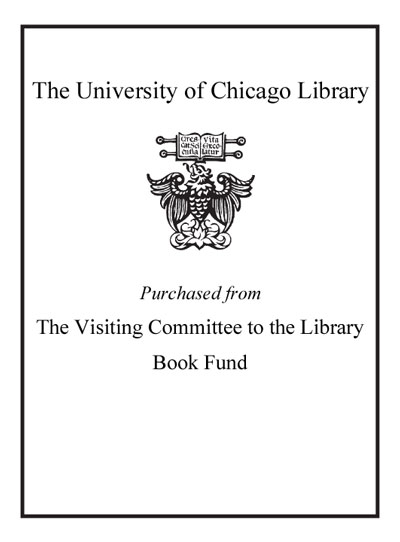Review by Choice Review
Jamieson's book is based on fieldwork conducted in 1993-4. No other published accounts of the historical archaeology of colonial Ecuador exist, so much of this work is dedicated to the initial reporting of empirical data. The location of investigations is Cuenca, where Jamieson provides the ground plans for eight colonial period structures and briefly summarizes the evidence from four sets of test excavations, in an attempt to test the idea that rules for geometric space and material culture could be defined for colonial Cuenca houses. Five of the eight buildings are urban domiciles, and three are rural. Of the four sets of excavations, two were associated with two of the rural structures drawn, but none of the urban archaeology was associated with the urban buildings. Unfortunately, Jamieson had little luck in finding stratified deposits, so the collections are mainly undifferentiated small assemblages. The author notes a disjunction between the archaeological inventory and the written inventories he found in the archives, particularly in terms of ceramic and glass table arcs; these are found in abundance in the archaeological record, but are for the most part missing in the archival records. Limited illustrations, but suitable bibliography and references. All levels. D. L. Browman; Washington University
Copyright American Library Association, used with permission.
Review by Choice Review

